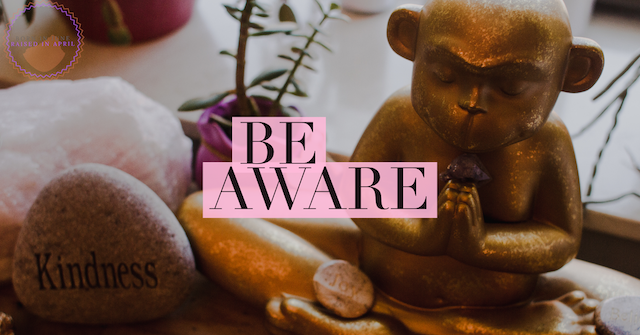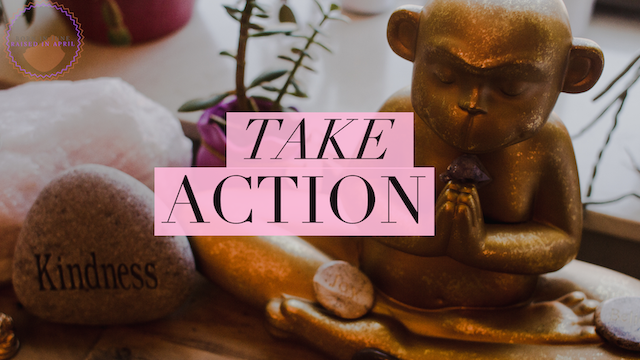The Intersection between Bullying Prevention Month & National Adoption Awareness Month
Following National Bullying Prevention Month in October and now in National Adoption Awareness Month it’s an important time to reflect, react, and ideally create environments where adopted persons, specifically children, are not the target of insults or harm. It is a time when parents, educators, and all of us, are called to be protective and be role models for young people in developing skills that show respect for their peers, honoring the differences between all of us that make for a richer life experience. Recently, however, in Los Angeles, former city councilwoman Nury Martinez exemplified the harm inflicted on children when adults engage in shameful, racist behavior. If you haven’t already read the headlines Martinez, was recorded using racist language to describe a Black child adopted by what parents.
While we often hear of children bullying children and adults bullying adults; here Ms. Martinez presents us with another scenario to be aware of: adults who target other adults and their children. Amidst our anger and sadness at her racist vitriol, we must use this as an opportunity to educate and make greater progress in creating environments that are inclusive of people and families of all different backgrounds.
In particular, parents who adopt should be aware that adoption can be another way a child can be bullied and it is no longer a thing of the past. Adopted people, particularly transracially adopted people, continue to be the brunt of jokes, stereotypes, and inappropriate language that serves to underscore the microaggressions adopted people have to respond to throughout their lives. Although there are more supports generally related to the impact of adoption and bullying, adults must continue the work of raising awareness about the intersections of adoption and bullying to affirm and protect adopted children.
Here are three things parents, educators, and others can do right now to create an environment that values the many different types of families that exist in today’s world:
1. Be Aware
Parents and educators in particular must be aware that adopted people can be the targets of adoption-specific bullying that may also be racist, classist, or heterosexist. Too often, grown-ups brush off bullying as “kids’ stuff” and can be less vigilant about some of the very nuanced ways adoption and family structure can be targeted. Because many adopted children do not “match” the families they are connected to every day, there can be added layers of awareness and education. This way, adopted children know they can and should speak up if they are experiencing bullying behaviors and their non-adopted peers can become more sensitive to their behaviors. Ultimately, when adults are aware they can model validating behaviors and create an environment that welcomes and respects difference.
2. Be an Ally
Let adopted children and youth know that bullying is never okay and you’re with them in taking appropriate steps to make sure they are growing up in a welcoming environment. Remind them that you will believe them and support them should they experience bullying behaviors from peers….or adults.
3. Take Action
This can’t be stressed enough-it is the responsibility of adults to create affirming environments that validate and respect the differences all of us bring based on our unique life experiences. Too often, we consider adoption as niche when in reality there are countless people and families that have a connection to this complex and layered family experience. Adults can so much to first learn about adoption microaggressions and then help to educate children and young people about affirming language, appropriate levels of curiosity surrounding family structure, and how to be an ally to someone that does not have the same experience. When adults can see adoption as more than a made for TV movie there is a gateway for more inclusive behavior where all children regardless of race, gender, ability, or family structure can be protected and celebrated.
As we sit at the intersection of National Bullying Prevention month and National Adoption Awareness month, former councilwoman Martinez and others provide a sad but true example of the racism and bullying that can exist at all levels. We can’t change how some individuals see the other humans around them, but we can work to see the fuller picture and work to protect the most vulnerable among us.



